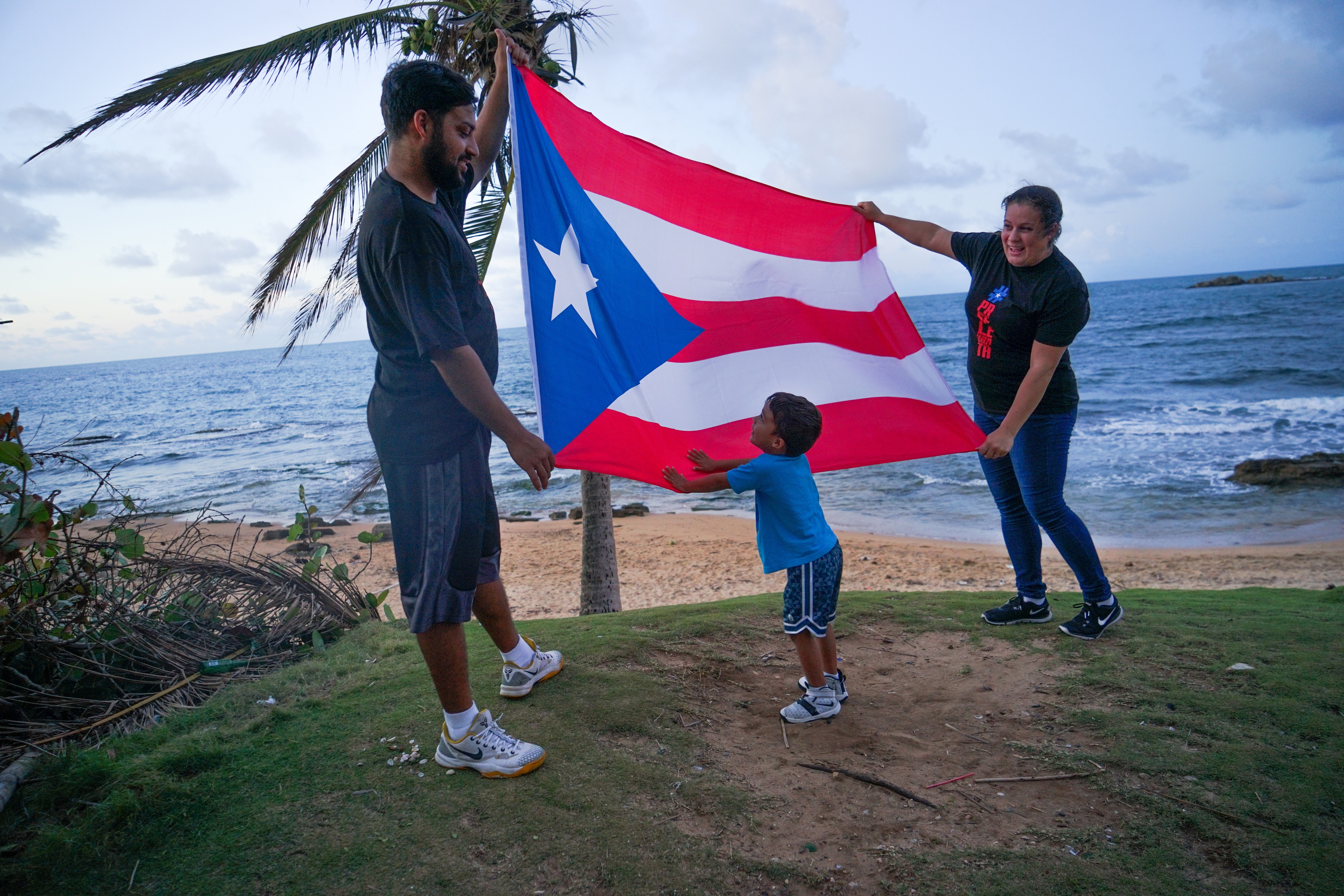
Over the course of the 2017 hurricane season, hundreds of individuals from across the globe reached out to Direct Relief on Messenger, inquiring about a range of topics, from how to rally for hurricane-impacted communities to how to receive medical assistance.
The volume and urgency of incoming messages exceeded the capacity of Direct Relief's 1.5-person social media team to reply with requested information in a timely manner.
Direct Relief provides medical aid to more than 1,400 clinics, health centers, and hospitals worldwide – in all 50 U.S. states and more than 90 countries annually. Messenger has emerged rapidly as a primary means of communication with this network and other key stakeholders. The platform enables individuals across the globe to message Direct Relief at any time, including times of emergency, when individuals may have nowhere else to turn.
Direct Relief's approach to disasters is to respond fast, yet always in direct response to specific requests from the community at hand. So, the objective on Messenger was to apply this approach to quickly address the needs of those reaching out online – regardless of where they were. This would allow Direct Relief to not only be more responsive to more people online, but also to save dozens of hours each week – time that can be reinvested in its mission to serve those in need.
With a small team trying to manage thousands of inquiries on Messenger, Direct Relief needed a quick solution to assist. ChatBots had been considered in the past as a possible option, but conversations never went far because the team assumed technical assistance was required to create one.
After connecting with Facebook for guidance, everything changed.
Direct Relief had no idea how simple it was to create a working bot: one that was smart enough to respond to people's needs and guide them to the resources they requested. In just a few hours, a team of two built a bot that was ready to push live.
Direct Relief's bot focused initially on answering commonly asked questions about the organization's emergency response efforts. This included information about volunteering, applying to receive help, and donating to support specific programs.
While answers to most questions were readily available on Direct Relief's website and Facebook page, it was really a matter of having a conversation and engaging on a more personal level. The bot did that, but at an unprecedented scale.
In the weeks and months following Hurricanes Harvey, Irma, and Maria, Direct Relief received more than 640 individual inquiries on Messenger. As more messages came through, Direct Relief's response rate climbed to 48 hours. By October 2017, less than a month after launching the bot, Direct Relief was responding to 100 percent of messages in under one minute.
The bot made it easier to meet the needs of people in crisis while increasing the visibility of Direct Relief's emergency efforts.
For those looking to interact with a real person, live chat could be activated at any time. Individuals with unique questions could start a conversation with a staff member or simply provide feedback about their bot experience. This supported the growth of the bot's knowledge base, while also offering users a chance to ask more informed questions based on information already provided by the bot.
While most users found the information they needed through the bot, a person was always available when needed. Regardless of time or location, the bot was always ready to respond.
The bot generated nearly 800 conversations with individual users in the six months following launch. Over the course of that time period, live chat was activated only 30 times, suggesting that most users found the information they needed without human help.
What began as a necessary solution to respond to a high influx of messages grew to become a powerful tool for emergency communications. Individuals impacted by disasters, such as the California wildfires, learned where to access breathing masks, while communities rallying for hurricane-impacted communities identified meaningful ways to help.
Despite limited resources prior to launch, within two months of going live Direct Relief's bot was highlighted by Facebook and featured on the company's Discover tab, alongside Apple Music, Spotify and others. The visibility facilitated new connections between Direct Relief and people previously unfamiliar with the organization's work.
Most recently, the bot was featured in a film at Facebook's 2018 F8 Developer Conference. Direct Relief's bot was one of four selected from the 300,000 bots that existed at the time. The piece highlighted how Direct Relief used the bot to communicate with people across the globe, emphasizing Messenger's potential to take the organization's work to places it had never been before.




